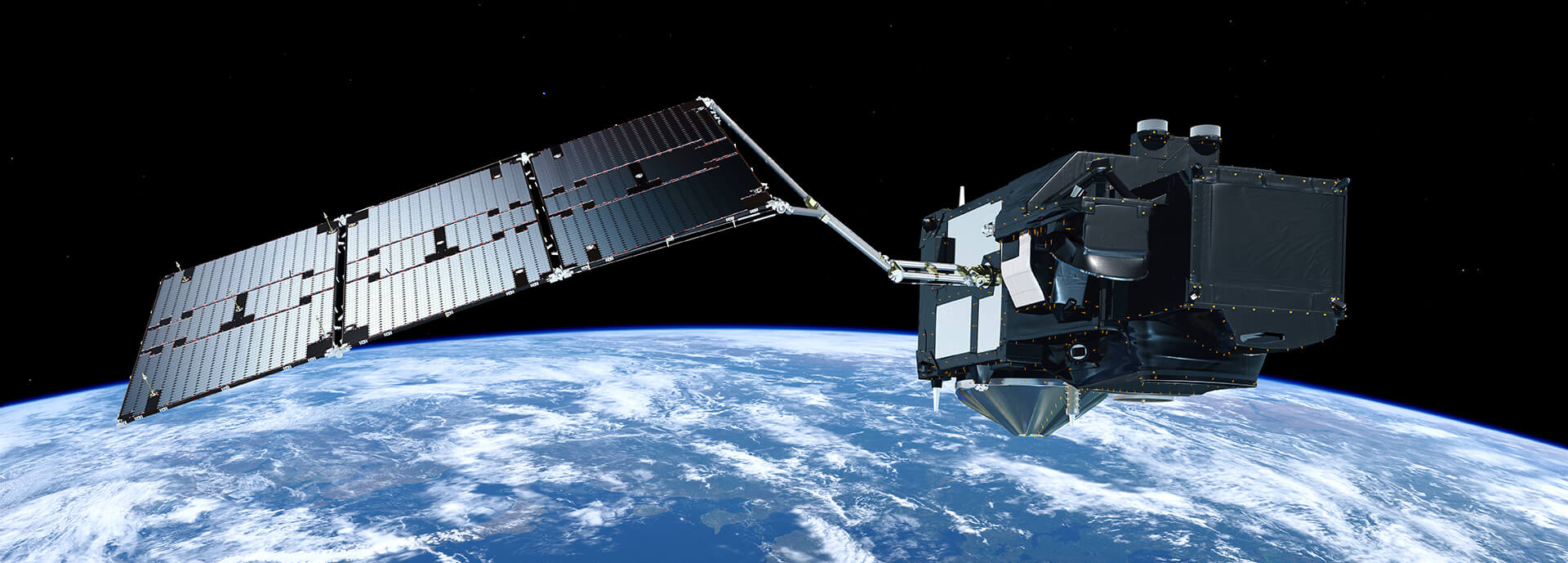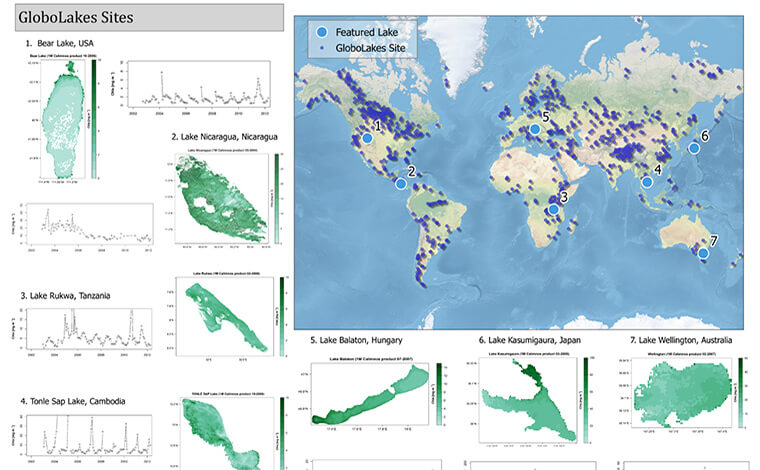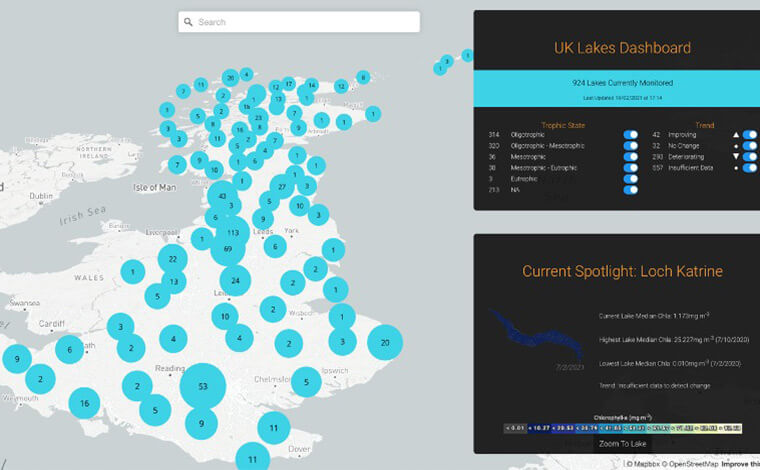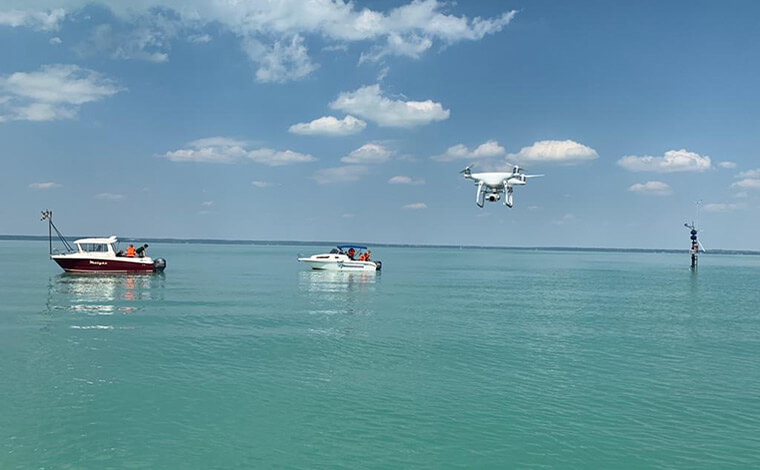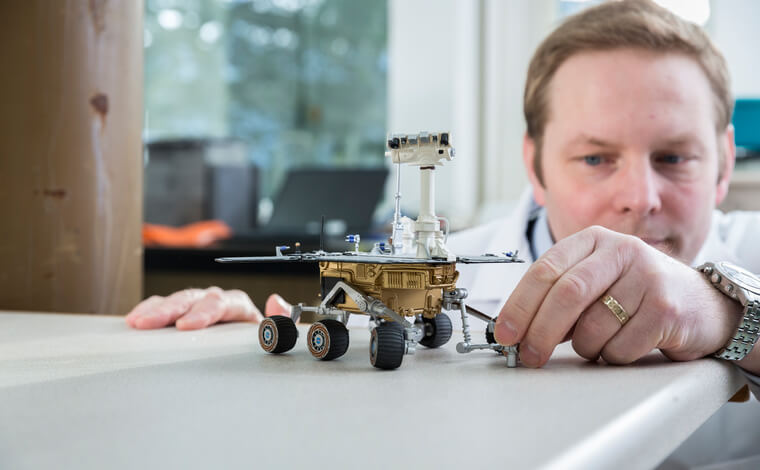The Earth and Planetary Observation Research Group exploit the latest generation of satellite, airborne and in-situ sensor and software technologies and, where necessary, develop novel technologies and approaches to deliver new understandings of the Earth system and its responses to environmental stressors as well as other planetary systems.
We collaborate and co-develop with engineers, ecologists, statisticians and social scientists within SMEs, industry, statutory agencies and research institutions to model, predict and manage ecosystem change, and deliver data-driven solutions for pressing societal and global challenges including the Sustainable Development Goals (e.g., SDG 6, 12 & 13). We also employ a range of remote sensing technologies from polarimetric and inferometric synthetic aperture radar (SAR), through light detection and ranging (LiDAR), to optical and gamma-ray spectrometry for a range of applications and delivering solutions across sectors and communities around the world. We are also pioneering in bringing together Earth observation, in-situ sensors, artificial intelligence (AI) and modelling to deliver the Forth Environmental Resilience Array - Living Laboratory (Forth-ERA).
We host the community database for Lake Bio-Optical Measurements and Matchup Data for Remote Sensing (LIMNADES) and lake climate service (EO4UKWater)
We have active roles in past and ongoing international planetary exploration missions such as the NASA Mars Exploration Rovers and Mars InSight lander, JAXA’s Hayabusa 2 mission, and the ESA ExoMars rover.

